Hello fellow travellers into the dark! As a writer who dwells in the realms of horror, folklore, and the intricacies of the Indian occult, I often encounter questions about the fine lines – or sometimes, the gaping chasms – between different facets of the strange and unsettling. Two terms frequently used, and often confused, are ‘Paranormal’ and ‘Horror’. Are they the same? Can you have one without the other? As readers and creators, understanding this distinction – the core of the paranormal vs horror. So, let’s dim the lights and dissect these fascinating concepts.
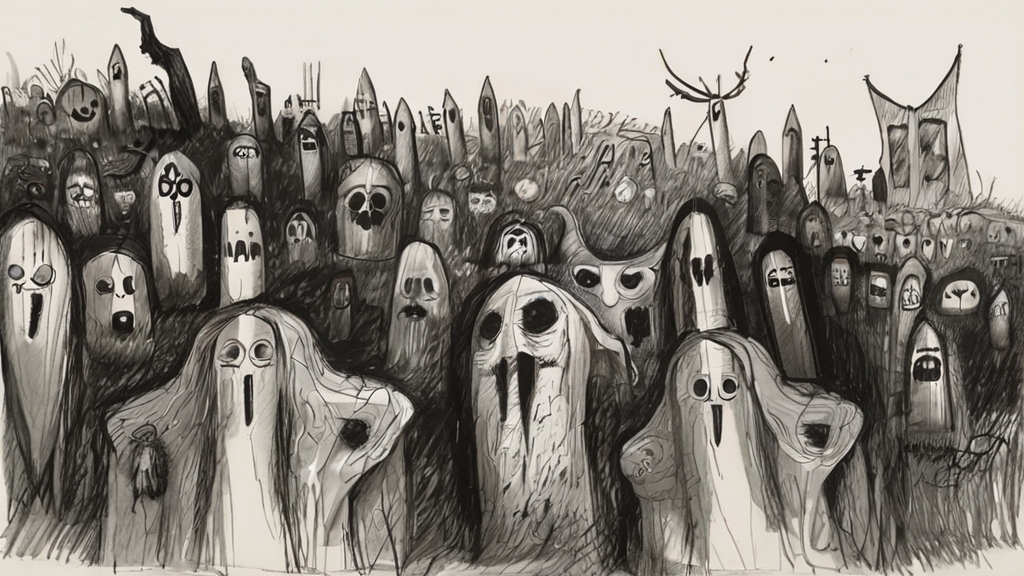
The Paranormal: Life Beyond the Known World
First, let us turn our gaze towards the Paranormal. Its habitat lies just beyond the well-mapped territories of established science. Here dwell phenomena whispered about in hushed tones: apparitions like fleeting mist, voices carried on inexplicable currents of air, perceptions that seem to bypass the known senses entirely – what some call ESP.
Essentially, the word ‘paranormal’ means ‘beyond the normal’. It refers to these very events, entities, or abilities that lie outside the scope of current scientific understanding. Think ghosts, spirits, hauntings, psychic abilities like telekinesis, certain cryptids – experiences our established laws of physics, biology, and psychology cannot (yet) explain. Like an organism perfectly adapted to an environment we barely comprehend, the paranormal exists as an anomaly, its defining characteristic being this unexplained nature relative to science – the question mark etched onto the map of reality. Crucially, it does not always seek to frighten. A paranormal story doesn’t have to be frightening; its presence might merely evoke profound wonder or mystery. It could be a poignant tale of a lingering spirit, an exploration of psychic potential, or even a romance crossing the veil between worlds. The key is simply the presence of elements defying scientific rationale.
Horror: The Strategy of Fear
Now… observe Horror. This is a different narrative form altogether, defined not by its intrinsic nature, but by its behaviour, its interaction with its audience. Horror is a master strategist. Its primary objective, honed over centuries of storytelling evolution, is survival through the evocation of a powerful, primal response: fear.
Horror works by stalking its audience… building tension like a predator preparing to strike… using sudden movements – the startling reveal, the shock – or perhaps the slow, creeping dread of psychological unease. It might employ camouflage, borrowing elements from other genres, even the paranormal, using ghostly apparitions or monstrous forms as tools to achieve its goal. But its arsenal is vast. It can find terror in the mundane, in the human mind itself, or in the cold indifference of the cosmos. Its measure of success is simple: the racing pulse, the indrawn breath, the chilling grip of fear.
As I have mentioned in India’s Most Haunted, Fear defines Horror, and its intended emotional impact:
- Definition: Horror is a genre primarily focused on evoking feelings of fear, dread, disgust, shock, terror, and suspense in the audience.
- Mechanism: It achieves this through various narrative tools – suspenseful pacing, startling reveals (jump scares), graphic imagery (gore), psychological tension, unsettling themes, and monstrous threats.
- Core Element: Its defining characteristic is the pursuit of a specific emotional response: fear and its associated feelings.
Horror can draw its scares from any source. Yes, it frequently uses paranormal elements, but it can also find terror in purely human monsters (serial killers), psychological breakdown, scientific experiments gone awry (sci-fi horror), cosmic dread, or the brutal realities of nature. This clarity in definitions is crucial when we delve into the nuances of paranormal vs horror and how these narrative forms interact.
Paranormal vs Horror: A Complex Ecosystem
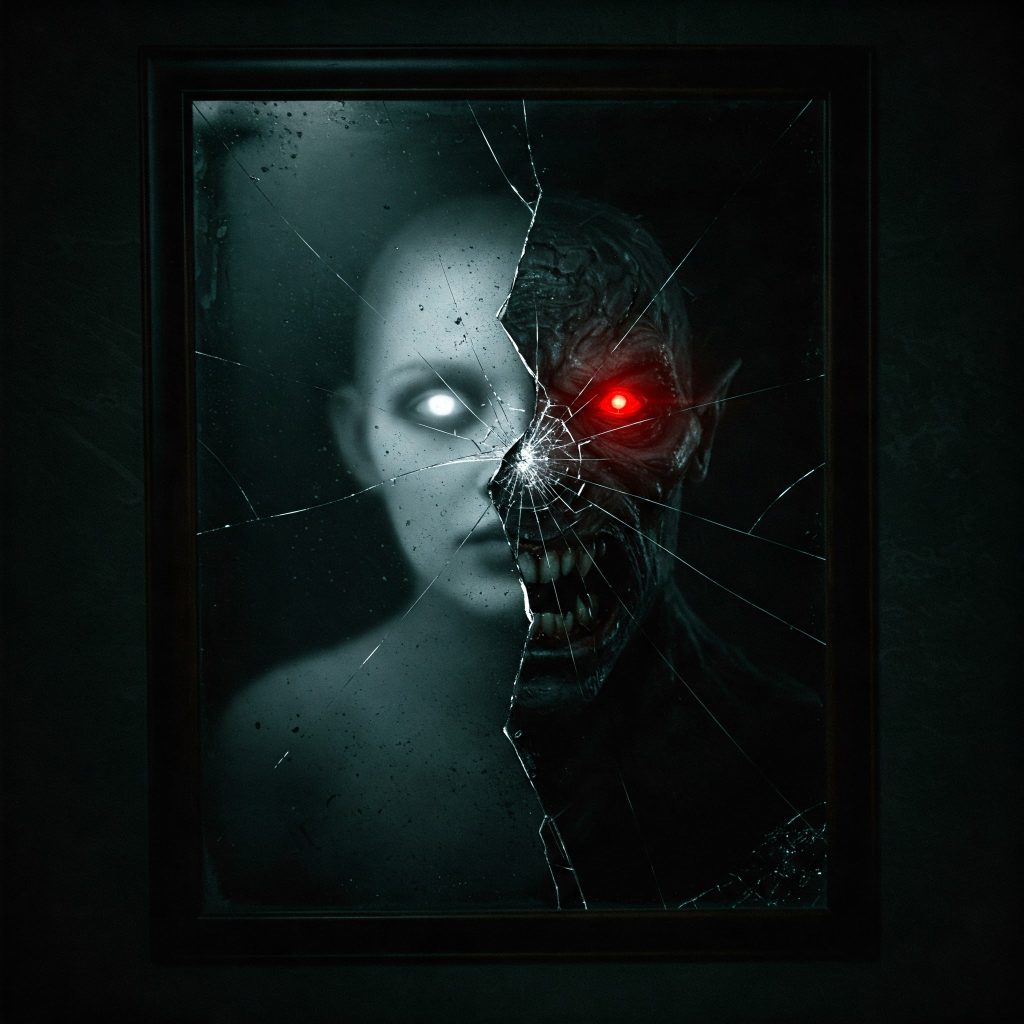
These two narrative forms often share the same territory. Indeed, the ‘Paranormal Horror’ is a thriving sub-category, a fascinating example of narrative symbiosis. Here, the unexplained nature of the paranormal provides the perfect catalyst for the fear response that horror seeks to elicit. A spirit’s inexplicable presence becomes terrifying through the lens of horror.
Yet, when truly dissecting paranormal vs horror, we find their fundamental niches remain distinct:
- The Paranormal is defined by its state of being – unexplained by science (or speculation).
- The Horror is defined by its intended effect – the generation of fear.
Paranormal elements (ghosts, demons, curses) are incredibly effective tools for creating horror, which is why they are so often intertwined. My own work often explores this fertile, shadowy ground where the unexplained meets primal fear. For example, Dakhma and Dakini. However, remember a story can be Paranormal without being Horror (a gentle ghost story), and Horror can exist without being Paranormal (a psychological thriller).
Beyond Fiction: The Paranormal vs. Paranormal Investigation
It’s also vital to distinguish the topic of the paranormal from the activity of paranormal investigation.
- Paranormal (Topic): The ghosts, spirits, phenomena themselves – whether in fiction, folklore, or belief.
- Paranormal Investigation: The real-world practice of actively seeking, documenting, and trying to find evidence (often using technology like EMF meters, EVP recorders) for these phenomena.
Paranormal Investigators have developed methods to try and observe the paranormal in its ‘native habitat’ – the real world. This activity uses tools – cameras, sensors, recorders – in an attempt to capture evidence of these elusive phenomena. It is a form of fieldwork, often yielding ambiguous or contested results, vastly different from the controlled environment of fictional narratives exploring the paranormal, where the storyteller dictates the appearance and behaviour of these elements.
Cultural Landscapes: Paranormal v Folk Beliefs
We must appreciate the remarkable diversity of the human experience, particularly evident across the vast and ancient cultural landscapes of India. Phenomena that might be labelled ‘paranormal’ when viewed as isolated anomalies against modern science, often exist quite differently within traditional frameworks.
Consider abilities like communing with spirits or perceiving events beyond normal sight. In some contexts, these are seen not as ‘para’-normal anomalies, but as integral parts of the cultural ecosystem. Practiced by shamans, described in folklore, woven into the fabric of spirit worship… they are understood within that worldview, explained by connections to ancestors, deities, or life energies. They are part of that particular world’s ‘normal’, studied not just as unexplained curiosities, but as vital components of culture, belief, and tradition through disciplines like anthropology and folklore. The label we use often reflects the landscape from which we are observing.
Conclusion: Knowing the Shadows We Tread
Ultimately, a clear grasp of paranormal vs horror – understanding the difference between the unexplained phenomenon and the evocation of fear – allows us to better appreciate the craft involved. We can see how paranormal elements serve horror, how horror can exist without the supernatural, and how cultural context shapes our understanding of the unexplained.
Whether it’s the chilling whisper of a vengeful spirit in a horror tale, the quiet mystery of an unexplained event, or the deep-rooted beliefs found in our own folklore, exploring these realms requires acknowledging their distinct natures, even as they so often bleed into one another in the most compelling stories.
What are your favourite examples of purely paranormal stories, purely non-paranormal horror, or the perfect blend of both? Share your thoughts in the comments below!
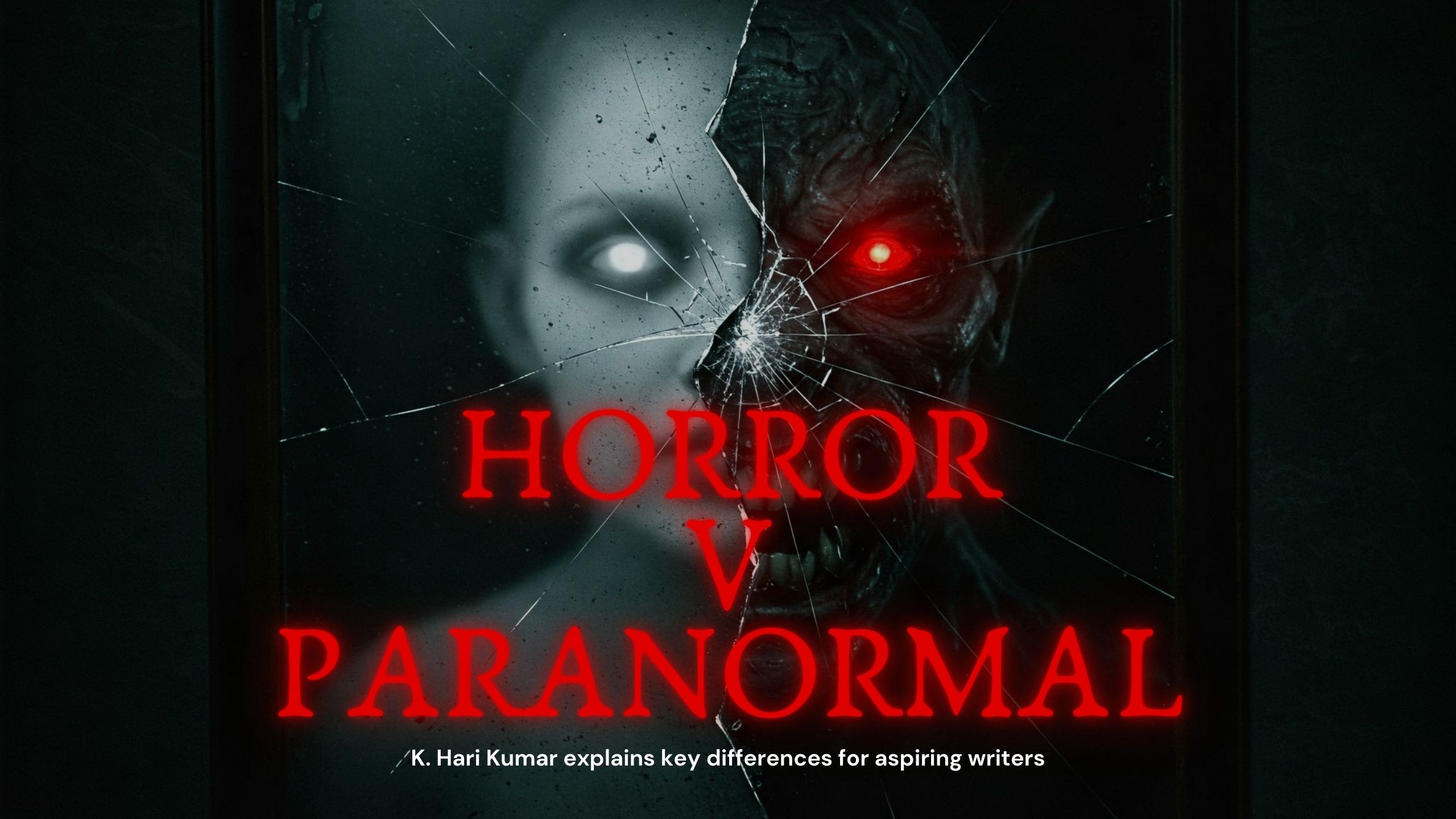
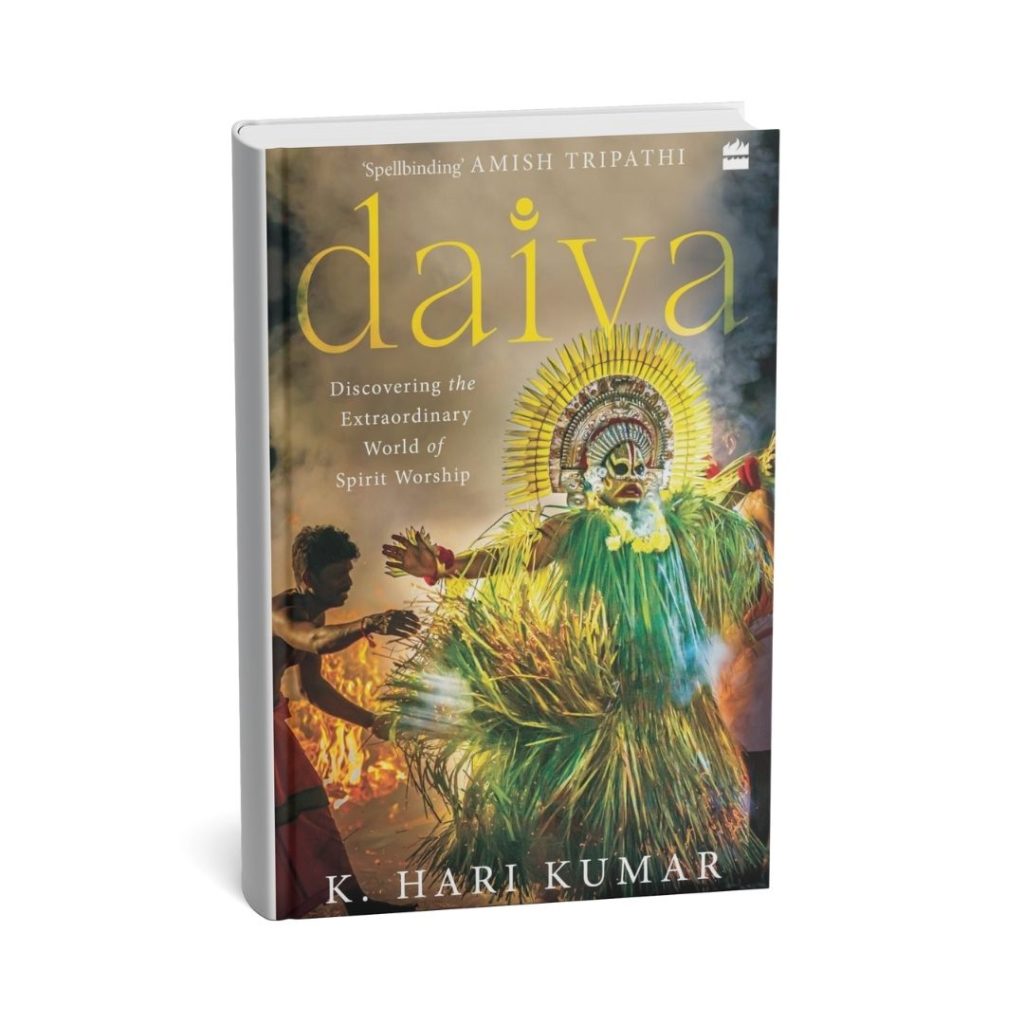
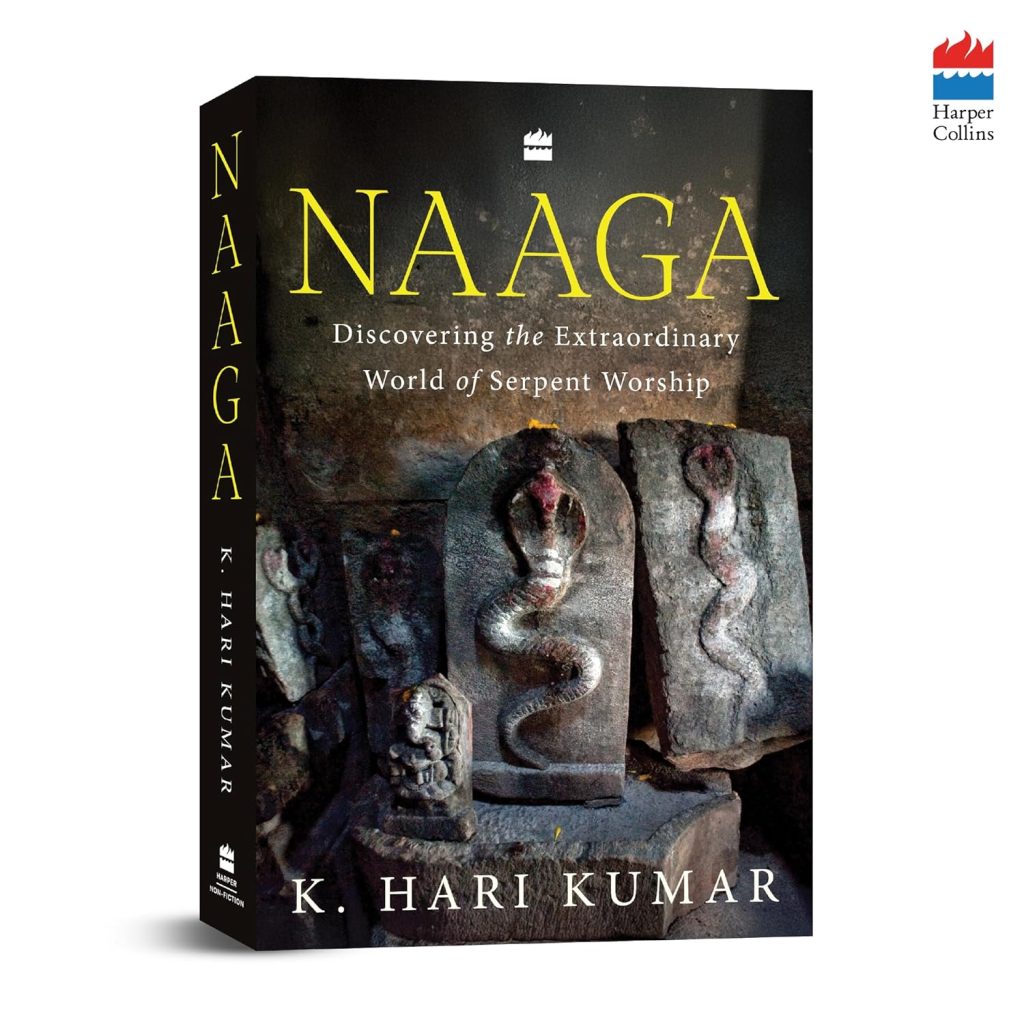
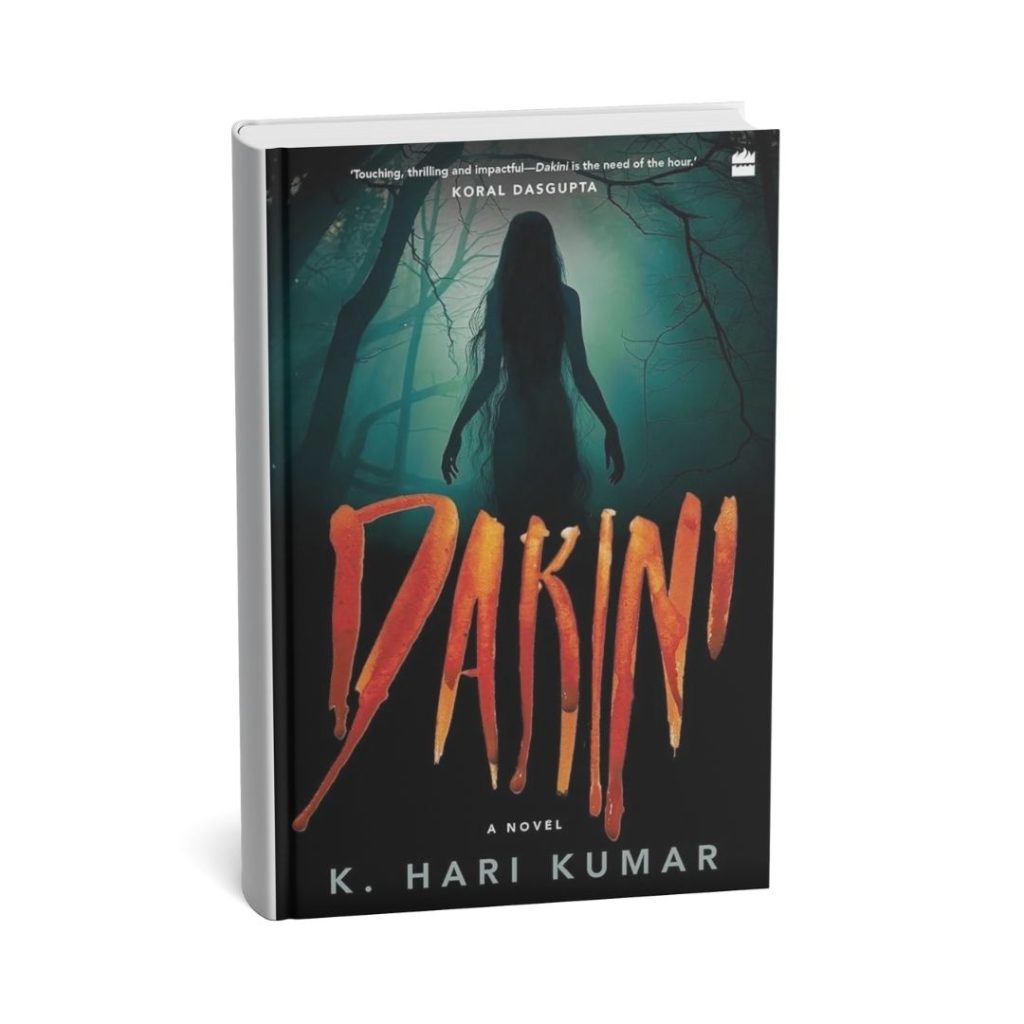
Leave a Reply